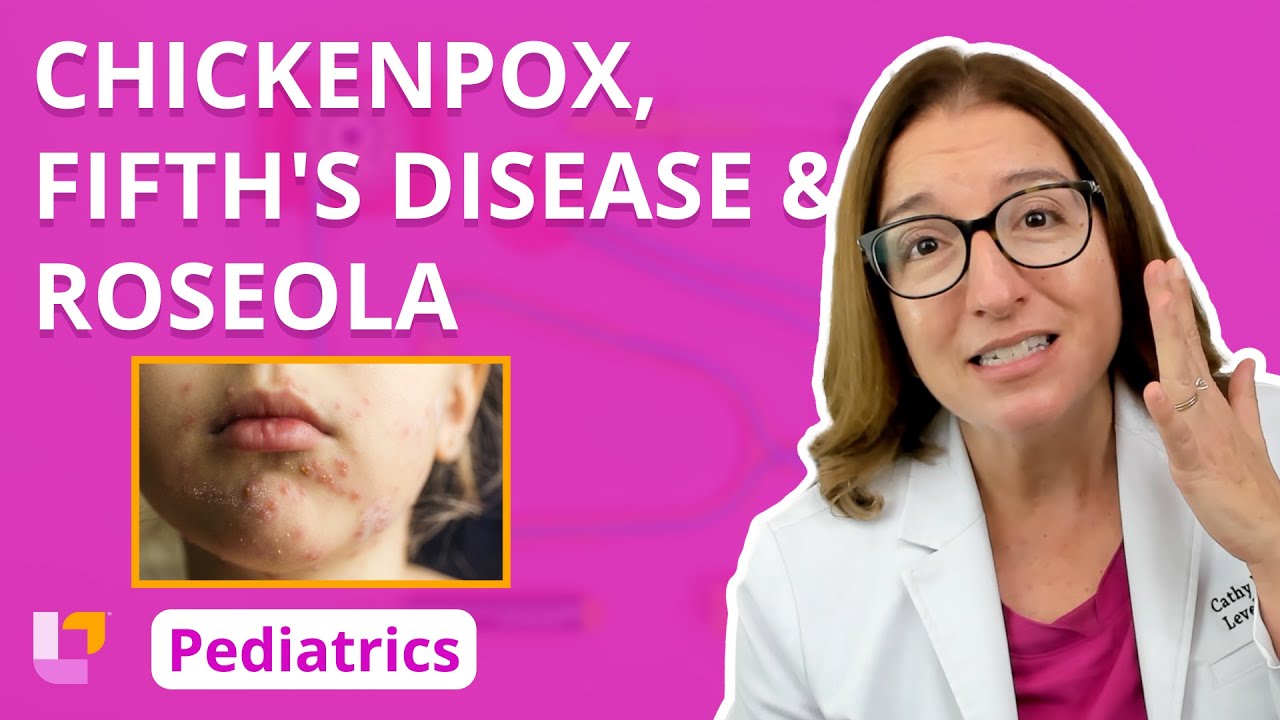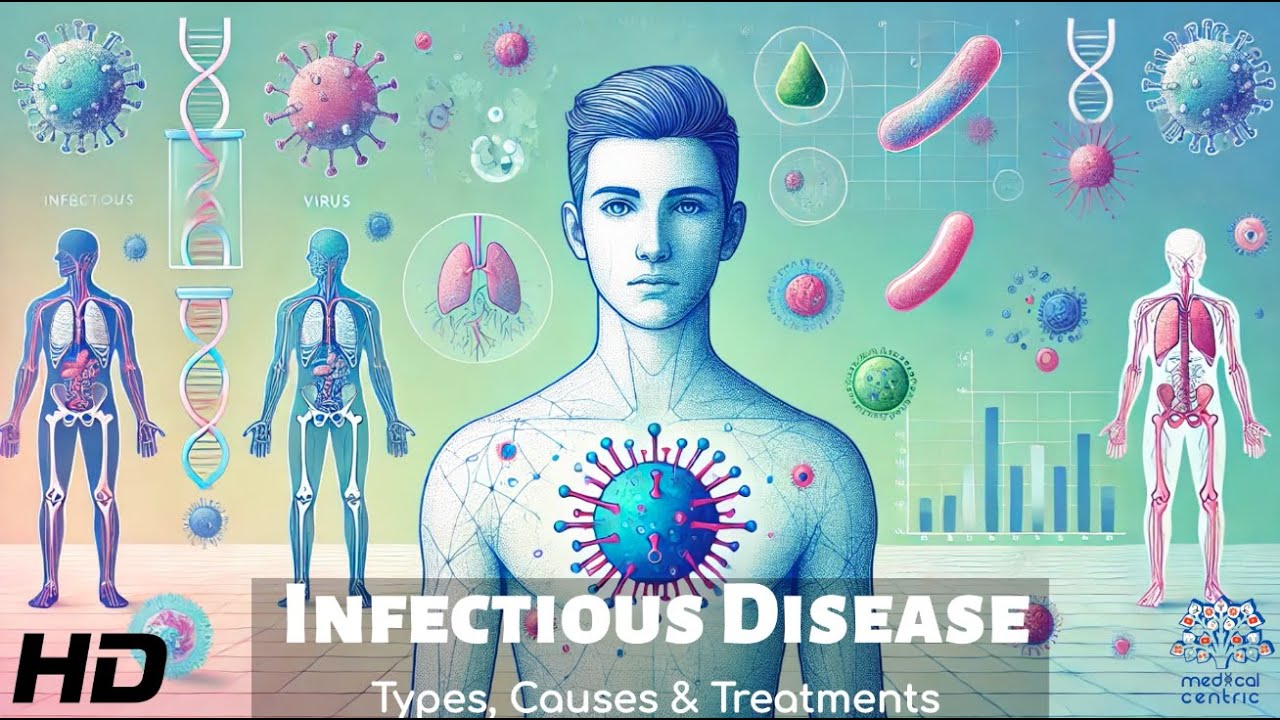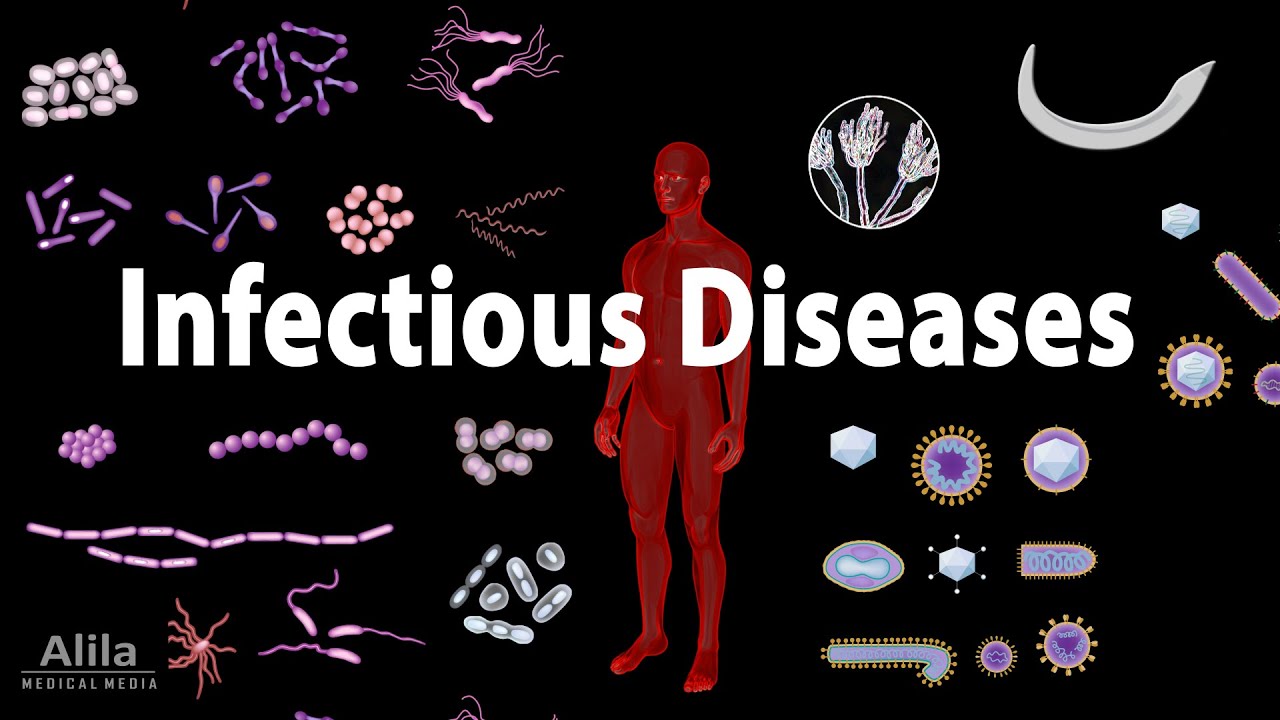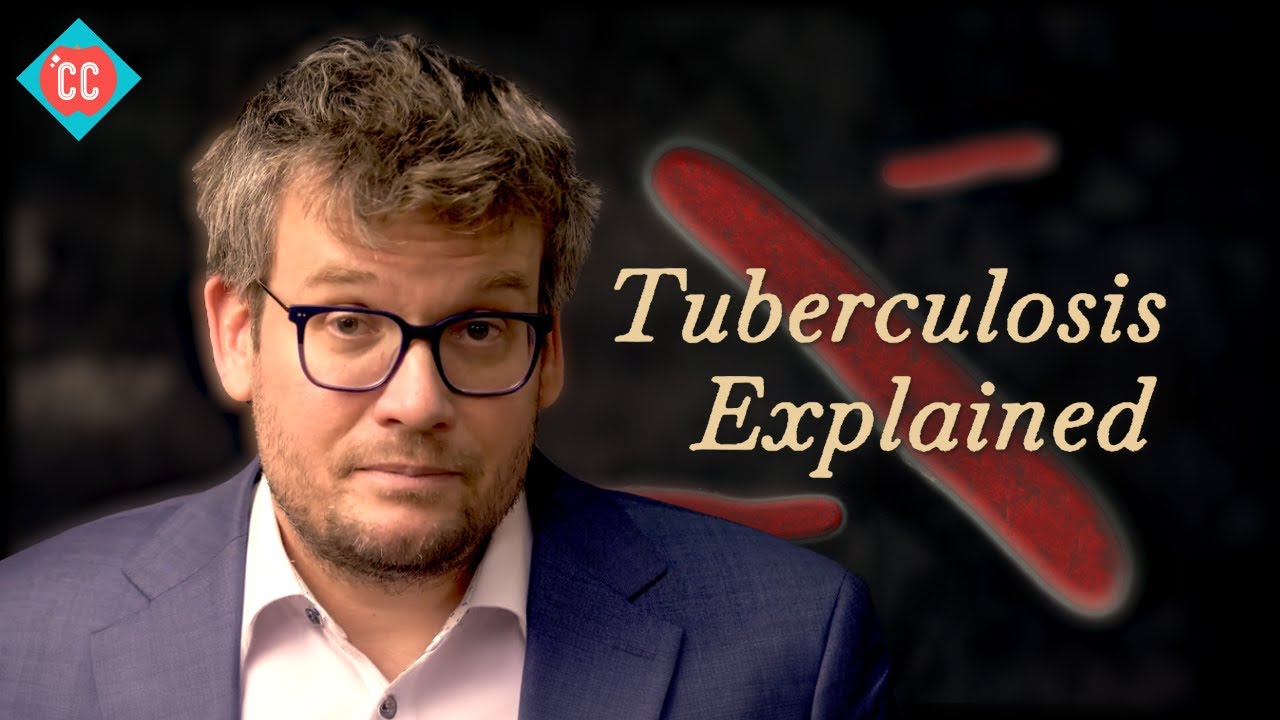Trachoma Prevention and Drug Resistance
Reuters Health • The Doctor's Channel Daily Newscast
The authors of the paper, published in Clinical Infectious Diseases for September 1, say the finding “is encouraging in the context of the (World Health Organization) trachoma elimination program. Mass oral antibiotic distributions seem to be a safe and effective component of the WHO program, although continued surveillance is warranted,” they write.
According to the WHO, about 84 million people worldwide are affected by trachoma, and 8 million of them are blind as a result. The WHO recommends annual mass antibiotic treatment for districts where more than 1 in 10 children have trachoma – but such programs raise worries about resistance to azithromycin and other macrolides in Streptococcus pneumoniae.
To examine resistance patterns during and after regular mass distribution, Dr. Sara Haug, an ophthalmology resident at the University of California, San Francisco, led a team that measured resistance rates in eight communities where biannual mass distribution of azithromycin was taking place.
Six mass distributions were done over three years, followed by a two-year break from mass treatment. From each of these communities, researchers took nasopharyngeal swabs from 15 randomly-selected young children two and half years into the treatment schedule, and again six months, one year, and two years following the final mass treatment. At the time of the first two testings, they also took samples from similar sets of children in communities without mass antibiotic distributions, as controls.
The researchers then tested S. pneumoniae isolated from the samples for resistance to azithromycin, tetracycline, penicillin, and trimethoprim-sulfamethoxazole.
In children from mass-treated communities, macrolide resistance levels increased from 28.2% at the time of the fifth treatment to 76.8% six months after the sixth and final treatment. But one year after the final treatment, resistance levels had fallen back down to 30.6%, and another year after that they had continued to drop to 20.8%. In comparison, resistance was 0.9% and 0% in control samples.
At the same time points, resistance to tetracycline in mass-treated communities was 36.5%, 68.7%, 57.2% and 38.7% (control readings: 18.9%, 15.7%). Resistance to penicillin was 0.9% at the two and a half year testing (equivalent to one child with resistance) and 0% at all other readings; both control readings were also 0%. TMP-SMX resistance was 0%, 7.9%, 8.8% and 6.8% over the course of the study, compared to 2.7% and 6.7% in controls.
Although 1 in 5 children were still resistant to macrolides two years after mass-treatment ended, “it is reassuring that resistance decreased after antibiotics were discontinued,” the authors write. “This is consistent with the notion that the resistant phenotype confers a fitness disadvantage in the absence of continued antibiotic exposure.”
However, Dr. Deborah Dean, who studies trachoma at Children’s Hospital Oakland Research Institute, California, was still concerned about resistance levels after the cessation of treatment. “The trend is going down,” she told Reuters Health, but “20.8% is still a huge rate.”
What’s more, she said, the study “doesn’t answer the ‘so what?’ question.”
Researchers still don’t have a good sense of just how widespread trachoma is, or how well programs aimed at combating it really work, she said. Nobody knows, for example, whether a program that alternates regular mass treatments with scheduled breaks would still suppress trachoma in communities while lowering resistance rates, she said.
In addition, most countries with mass treatment programs can’t afford to implement the WHO’s other recommendations, which include improving personal hygiene and environmental conditions, Dr. Dean said.
“Do we really know what we’re doing in terms of treating trachoma with azithromycin? Are you going to continue to treat for the next 100 years or so?” she wondered. “The mass treatment is kind of a Band Aid. Once you leave, infection comes back.”
Reference:
The Decline of Pneumococcal Resistance after Cessation of Mass Antibiotic Distributions for Trachoma
Clin Infect Dis 2010; 51:571-574.






